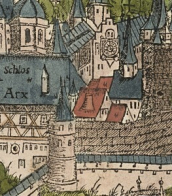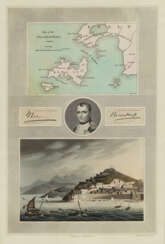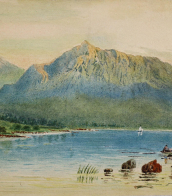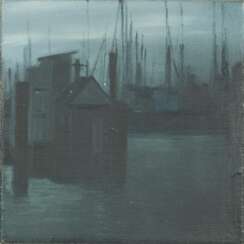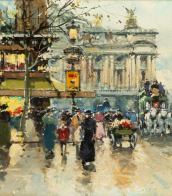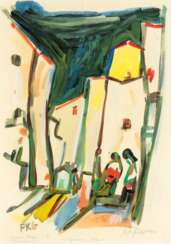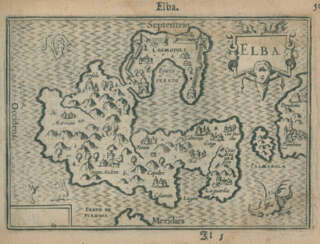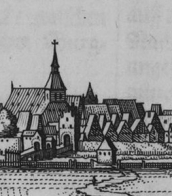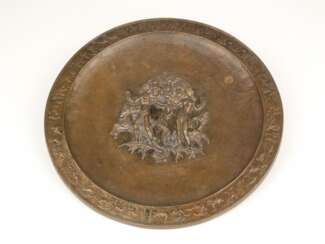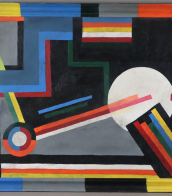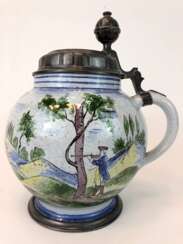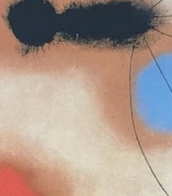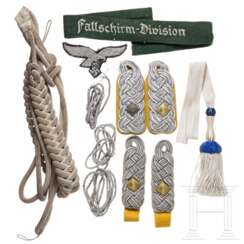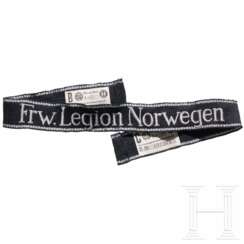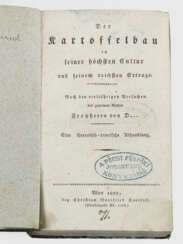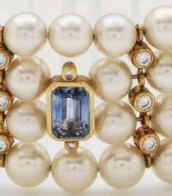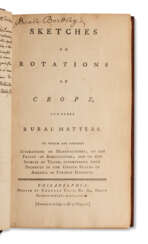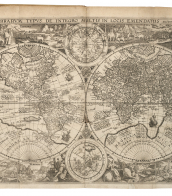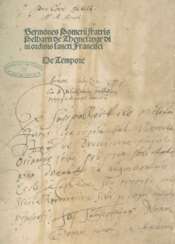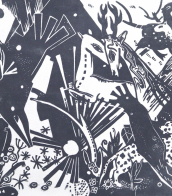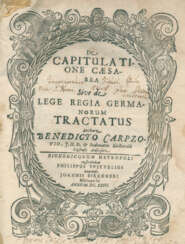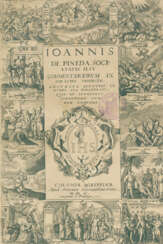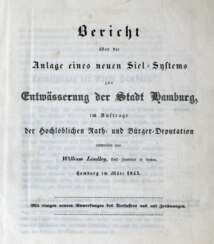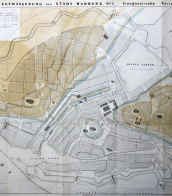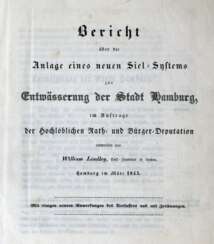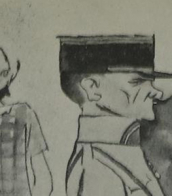elba
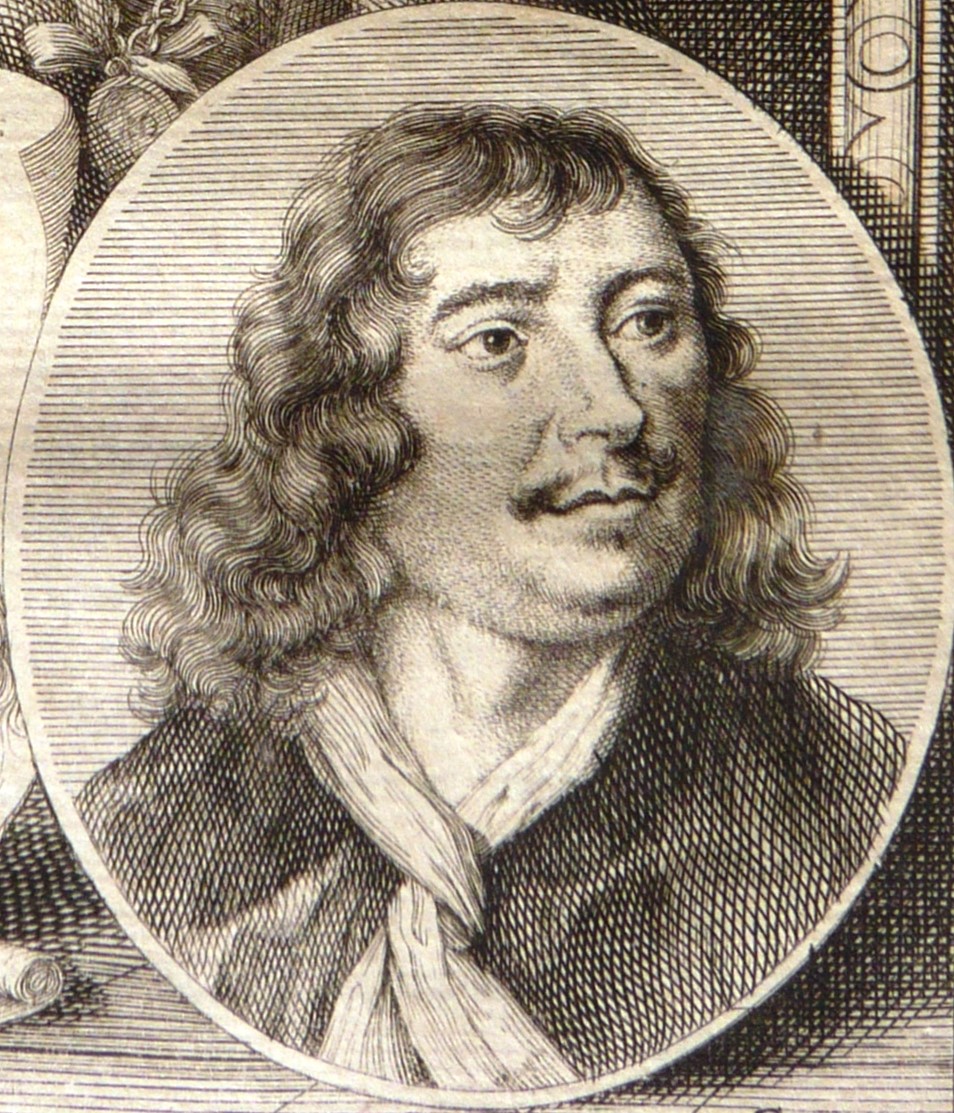
Johann(es) Lingelbach was a Dutch Golden Age artist who worked in the bamboochade genre.
He first studied painting in Holland, from 1642 in Paris and from 1644 in Rome. The influence of Philippe Vovermann is noticeable in Johannes works. He is known for his numerous landscapes and war scenes, in which the influence of Italian painting is perceptible. He worked for other painters as well, painting their canvases with different details, backgrounds and animals.
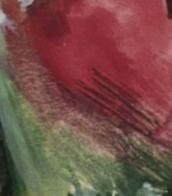
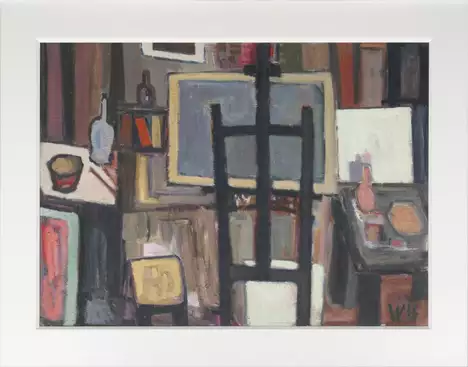
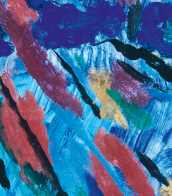
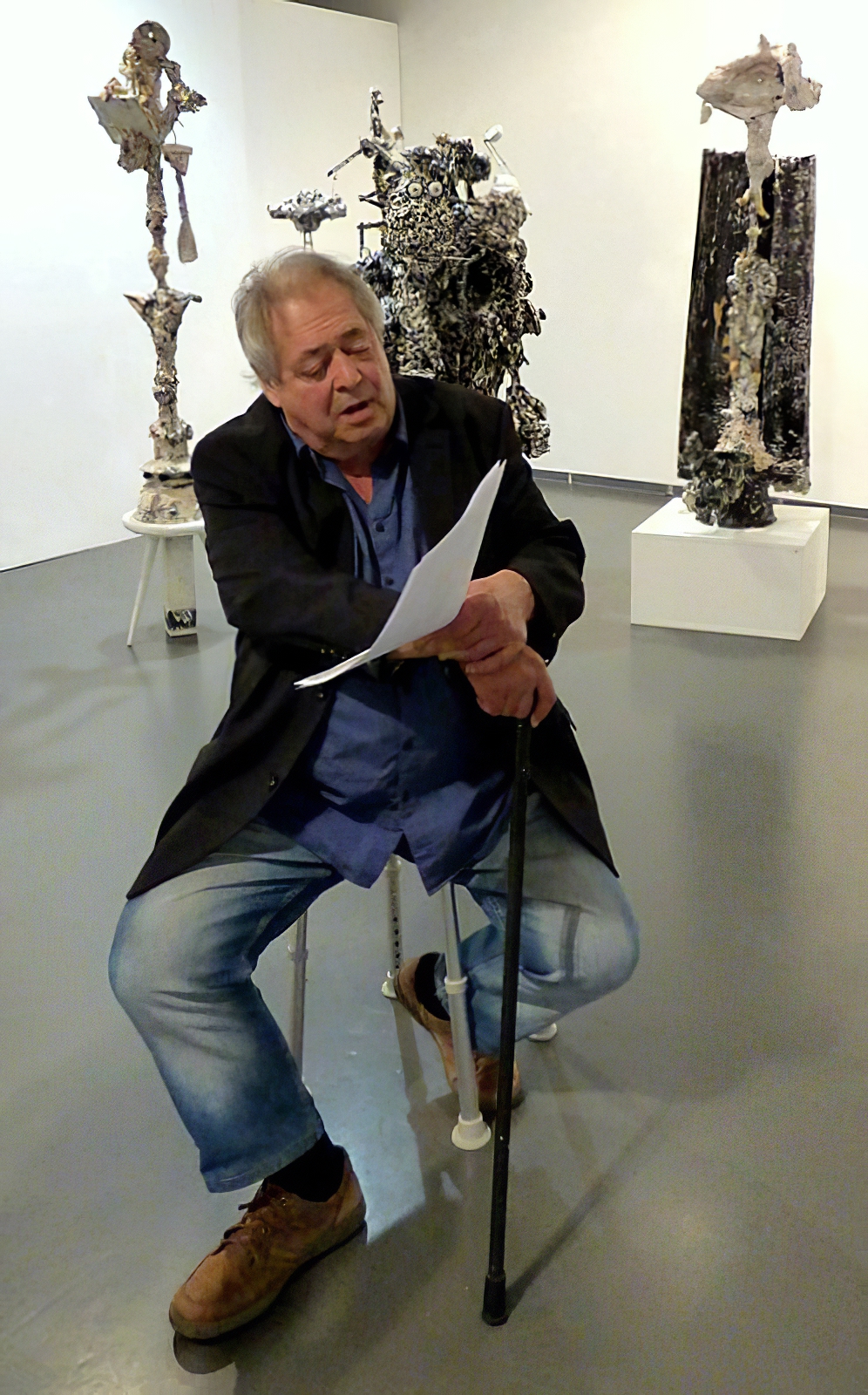
Hermann Josef Mispelbaum is a German painter, graphic artist and sculptor.
He studied applied art, painting and drawing at the Werkkunstschule Aachen under Ernst Wille. He then studied free art at the Düsseldorf Art Academy from 1971 to 1976 and became a master student and assistant to Rupprecht Geiger. During this time, he received a scholarship from the Studienstiftung des deutschen Volkes (German National Academic Foundation) from 1974 to 1975 and travel scholarships for England and Italy from the C. Rudolf Poensgen Foundation, Düsseldorf, from 1975 to 1976.
In 1977 and 1978 he received a teaching assignment for painting and drawing at the Düsseldorf Art Academy. From 1978 to 2007 he finally worked as a freelance artist in Düsseldorf. In 1990 he was awarded the Villa Romana Prize, Florence, which enabled him to spend ten months in Florence.
Since 1974 Mispelbaum has worked as a freelance artist in the field of drawing, achieving a path of his own. He has worked with great intensity, preferably with graphite pencils of various hardnesses in large and small formats on paper. Mispelbaum creates collages with scissors and knife, cuts figures and parts of figures out of drawings. He inserts these into other drawings, works on them further and mixes them with colour, which is often grey or black.
Around the turn of the century he began to create sculptures from cardboard and plaster with objects partly worked into the plaster.
Hermann Josef Mispelbaum was a member of the Deutscher Künstlerbund as well as the Westdeutscher Künstlerbund.
Mispelbaum has shown his works in numerous solo and group exhibitions at home and abroad. His works can be found in many public collections.
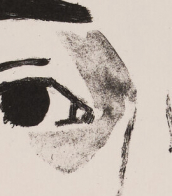

Johann(es) Lingelbach was a Dutch Golden Age artist who worked in the bamboochade genre.
He first studied painting in Holland, from 1642 in Paris and from 1644 in Rome. The influence of Philippe Vovermann is noticeable in Johannes works. He is known for his numerous landscapes and war scenes, in which the influence of Italian painting is perceptible. He worked for other painters as well, painting their canvases with different details, backgrounds and animals.
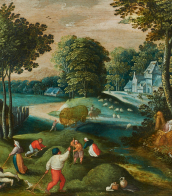

Johann(es) Lingelbach was a Dutch Golden Age artist who worked in the bamboochade genre.
He first studied painting in Holland, from 1642 in Paris and from 1644 in Rome. The influence of Philippe Vovermann is noticeable in Johannes works. He is known for his numerous landscapes and war scenes, in which the influence of Italian painting is perceptible. He worked for other painters as well, painting their canvases with different details, backgrounds and animals.
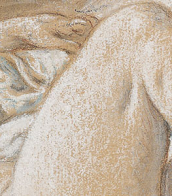

Johann(es) Lingelbach was a Dutch Golden Age artist who worked in the bamboochade genre.
He first studied painting in Holland, from 1642 in Paris and from 1644 in Rome. The influence of Philippe Vovermann is noticeable in Johannes works. He is known for his numerous landscapes and war scenes, in which the influence of Italian painting is perceptible. He worked for other painters as well, painting their canvases with different details, backgrounds and animals.
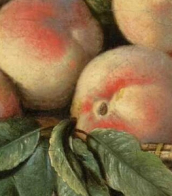
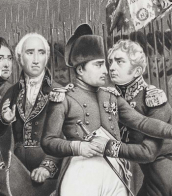
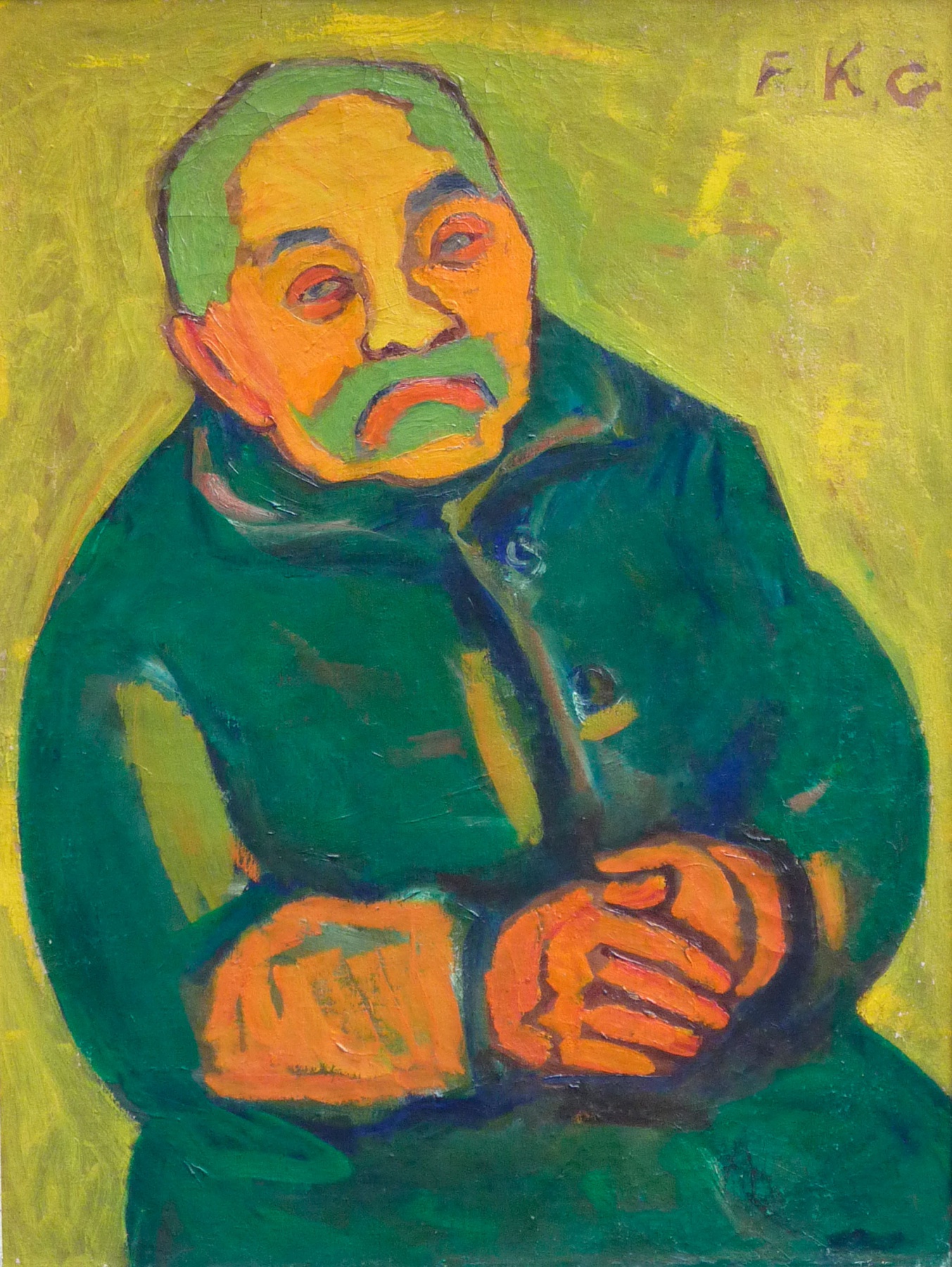
Friedrich Karl Gotsch, actually Friedrich Karl Müller, was a German painter and graphic artist.
After a phase of intense research into Picasso's cubism and experimentation with abstract techniques, the artist developed "late expressionism", which was typical of his work. Even during his lifetime, Gotsch was highly respected as one of the few painters of his generation who painted representational pictures. He also participated in numerous exhibitions and received renowned awards.
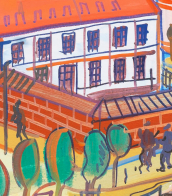
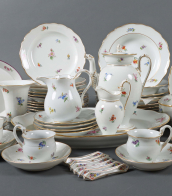
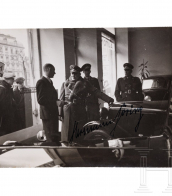
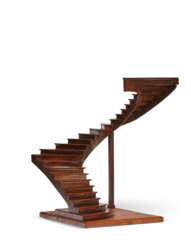

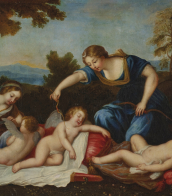
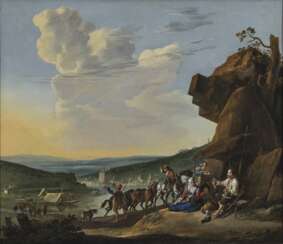

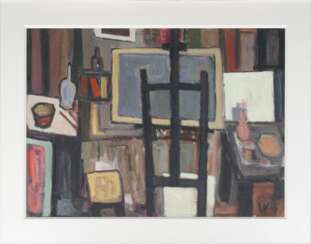

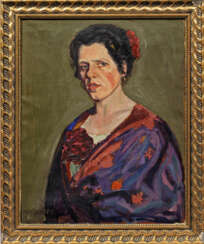

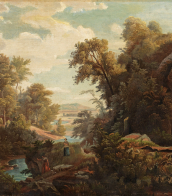
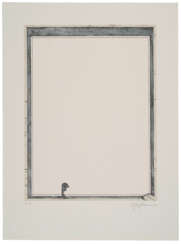

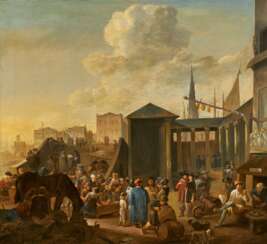



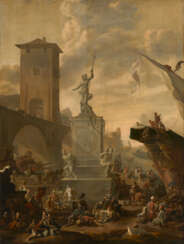



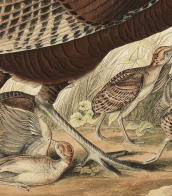
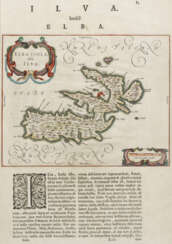

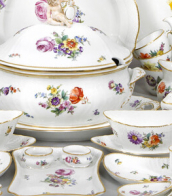


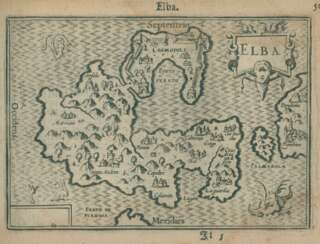

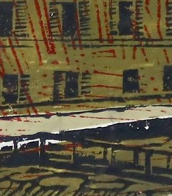
![[ITALIA] - L'Italia, la Sicilia, le isole Eolie, l'isola d'Elba, la Sardegna, Malta, l'isola di Calipso](/assets/image/picture_942563/c662b/uu3sfuc7mlraofpc7bquglqiiwkjgjsttqrvpi3sp5bgadoet66dkcwzr-rzovn1596201884jpg__fix_374_244.jpeg)
![[ITALIA] - L'Italia, la Sicilia, le isole Eolie, l'isola d'Elba, la Sardegna, Malta, l'isola di Calipso](https://veryimportantlot.com/assets/image/picture_942563/c662b/uu3sfuc7mlraofpc7bquglqiiwkjgjsttqrvpi3sp5bgadoet66dkcwzr-rzovn1596201884jpg__fix_374_244.jpeg)
